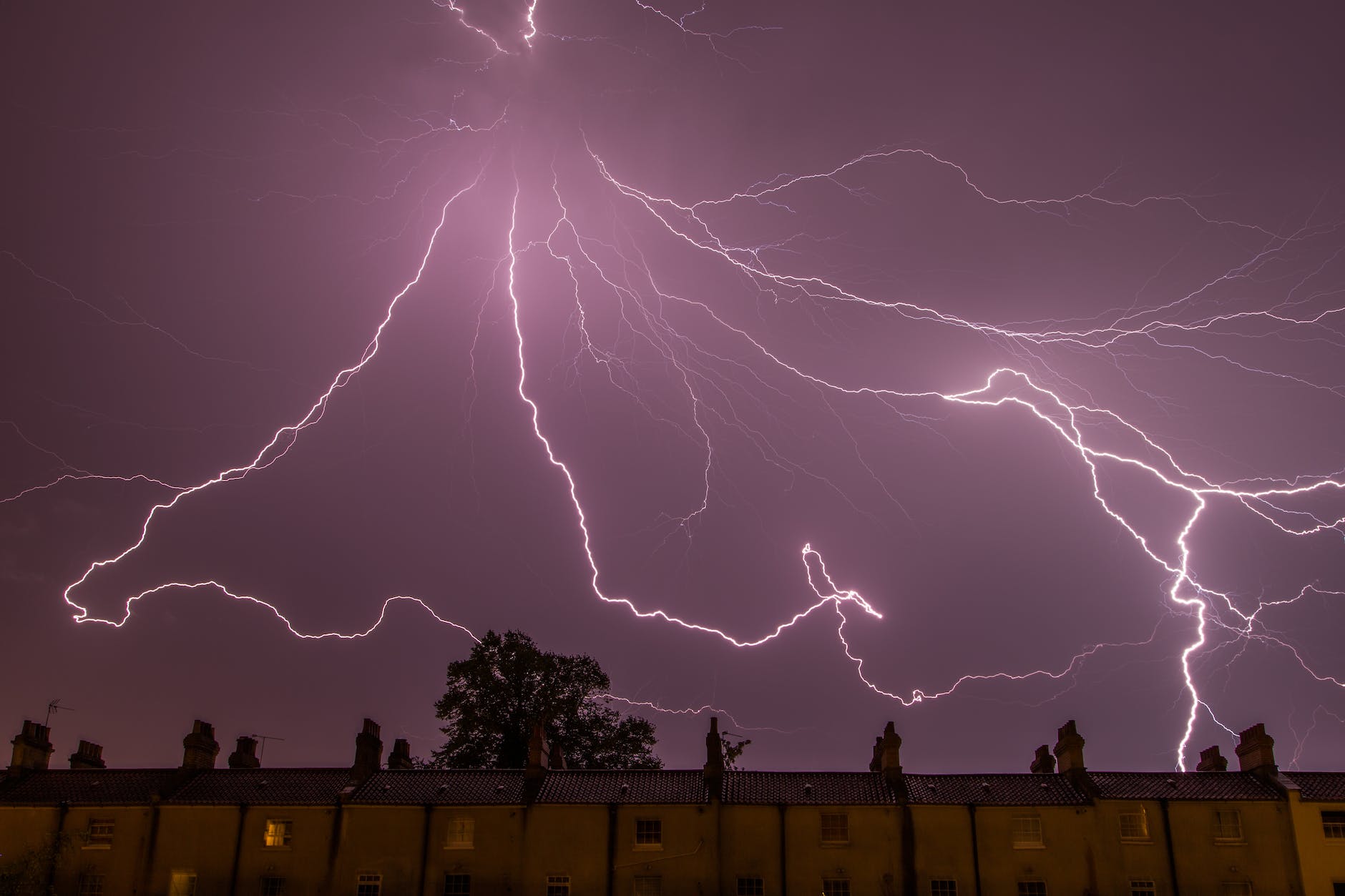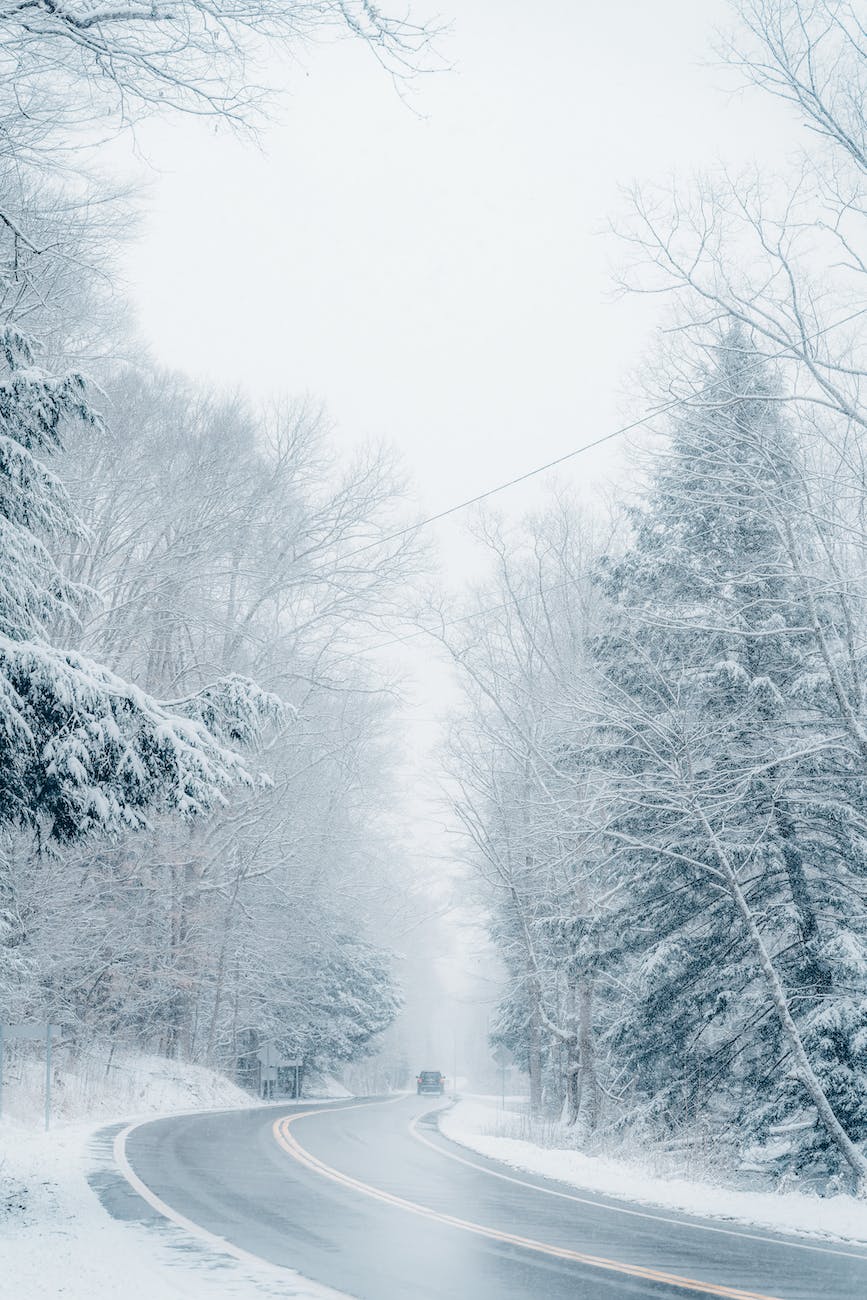On this page, I will briefly describe as many environmental (especially weather related) hazards as I can, especially those which are not very well known, and those which you can’t see.

I do not accept liability for any injury which you believe to be caused by the advice provided on this page. I try my best to verify that all of the content is accurate.
An Important Reminder About Disaster Safety Recommendations (Read First)
Efforts to explain what you should do during a particular natural disaster are definitely worthy of great appreciation. However, a common problem is that people either don’t remember or are not told important little details about the importance of where you are currently, or what situation you are in during a particular natural disaster, and others pertaining to the type of building you are in as well.
One example is that during an earthquake, the USGS says that in certain situations you can hide in a load bearing doorway. It has to be load bearing because other types are too likely to collapse and injure, or kill you. So don’t run straight for the doorway unless it is appropriate for the situation and you know that it is a load bearing one. Source.
Another earthquake safety recommendation I have heard is to crouch in a corner if you are in a building (not if you are outside, if you are outside, stay away from anything that could fall on you), and wait for the shaking to stop. This recommendation can be helpful, but not in all cases. If there is a large heavy item such as furniture or something else which may slide and smash you against the wall in the corner you are in, then you may want to consider other options.
Table of Contents
- Rip Currents
- Decompression Sickness
- Lack of Avalanche Reports
- Crevasse
- Black Ice
- Hurricane Eye
- Highway Overpasses
- Invisible Tornadoes
Rip Currents
Rip currents are currents which flow away from the shore (of a beach, for example) and wash them away. 80% of rescues are due to rip currents.
When currents flow from deeper water to shallow water (in other words, from further out in the ocean towards the shore, since ocean floor depth decreases as you near the shore/coastline), they break at the shoreline into multiple currents that flow along the coast and others back out to sea. The seaward currents are the most threatening because they carry people out to sea at a speed of up to 5 mph, or 8 feet per second.
Seaward currents can be formed by the deflection of currents by piers, groins, and other man made structures. Source.
Decompression Sickness (all prospective divers read this, but especially technical divers)
I will finish writing this section shortly.
Lack of Avalanche Reports
Courtesy of DomePowder on Youtube. If you see ‘360p’ at the bottom of the video, click it and select ‘720p’.
When an avalanche takes place, a layer of snow slides down from an angle and will engulf whoever or whatever is in its path. A small number of avalanche reports for an area may not necessarily be due to a small number of avalanches but because people are seldom in the area to report avalanches. So please carefully do your research about an area before you visit it.
Crevasse
A crevasse is a crack in an ice sheet or glacier which is sometimes covered by, but not necessarily filled with snow, which is one reason why they are so insidious. You can fatally fall into one if you are not cautious. Even if they were very well known, they still belong on this page because they are often hidden and sometimes you literally cannot see them at all.
The video below is a crevasse rescue guide from the Mountaineering Council of Scotland.
Video Recorded with thanks from MtnCouncilScotland on YouTube.
Black Ice or Invisible Ice

One day, you may be driving onto a road, thinking that it is a safe road without snow, ice, nor water because it looks just like a regular road, and then you suddenly find yourself sliding to your peril. Or maybe you realize that there is a problem when you try to slow down or stop and find that the car is still moving.
The cause of this is “black ice”. “Black ice” is a term used to describe a road which is covered in ice which is completely transparent and not even shiny, so transparent that drivers, pedestrians, cyclists, skaters, and other people cannot see it.
People usually expect to see frost and/or a sheen where there is ice, but you may not It is so hazardous because people will drive onto it because they think it is safe.
If you have any suggestions which you believe may help readers to detect black ice before seeing it, please post it on the talk page, send me a message on here, or contact me by visiting the contact page.
The Eye and Eyewall of A Hurricane
The eye of a hurricane is a calm and clear area in the center of a hurricane with low wind speeds and it is approximately 20-40 miles in diameter. The eyewall is the area around the eye (the wall of the eye) which has the strongest winds. The right side of the eyewall is often the most intense.
Some people may be fooled by the calm period when the eye is passing over them.
If a hurricane is travelling exactly west at a constant speed of 10 mph, and the eye is 20 miles in diameter, then it should take two hours for it to pass over a given area, provided that the area passes through exactly the middle of the eye.
Highway Overpasses

According to the NOAA (National Oceanic and Atmospheric Association), it is a common misconception that highway overpasses are a safe (or one of the safer places in certain situations) place to wait until tornadoes pass, but this is not true, they say that a highway overpass is one of the most dangerous places that people hide under during tornadoes.
The problem that I see with hiding under a highway overpass is that you are still in the open, and debris will be flying around, and you can be hit by everything from scrap metal, glass, cows, dirt, stones, rocks, and even cars in the case of very powerful tornadoes. The reason why some tornadoes are capable of throwing cows, people, cars and so on is because their wind speeds can be very high, even in excess of 200 mph. Speeds in excess of 318 mph have been reported by storm chasers.
Weather instruments are destroyed by stronger tornadoes, and it is usually the weaker ones that are successfully measured. Source.
Invisible or Inconspicuous Tornadoes
Wind is invisible, and what makes tornadoes visible is the debris that they pick up and/or water droplets. Depending on the location and amount of debris which can be picked up, you may not always see or notice tornadoes, and this can be very hazardous because people tend to drive or walk through what they cannot see and are blown away or even killed.
There are signs of tornado formation in the sky which might help you to determine whether or not you should be where you are. You can visit the NOAA website for more information.
Looting
The form of looting discussed here may be defined as the process of stealing valuable items during a natural disaster. Looters basically take advantage of a bad situation in which people and police are not outside, such as during the passage of a hurricane (since hurricane conditions are so extreme and dangerous, people stay inside, and boards are often nailed in front of their windows too.
Looting is a very widespread and serious problem. Before a natural disaster, ensure that everything is very well secured, and be cautious. Criminals do not just come out at night, but in the day too, and also when they know that no one will see them outside.




